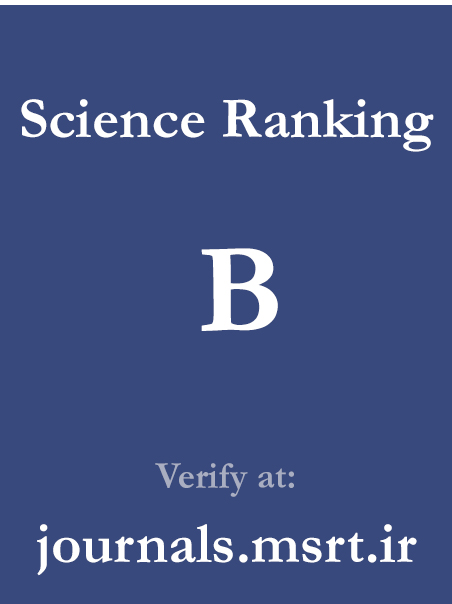Determining the Relationship Between Perceived Social Support and Coronavirus-Induced Anxiety Among University Students
Keywords:
Coronavirus anxiety, social support, studentsAbstract
Purpose: This study aimed to investigate the relationship between perceived social support and coronavirus-induced anxiety among university students.
Methods and Materials: The research utilized a descriptive-correlational design. The statistical population included all students enrolled in Payam Noor Universities across Bushehr Province during the second semester of the 2021–2022 academic year (N = 7,900). A simple random sampling method was applied, and a sample of 237 students was selected using the Morgan Table. Data collection instruments included the Coronavirus Anxiety Scale (CDAS) and the Multidimensional Scale of Perceived Social Support (MSPSS). Data analysis was performed using partial least squares structural equation modeling (PLS-SEM) with SmartPLS and SPSS-25 software. Reliability and validity of the measurement model were confirmed through Cronbach’s alpha, composite reliability (CR), and average variance extracted (AVE).
Findings: Descriptive results indicated moderate levels of both perceived social support and coronavirus-related anxiety among participants. Structural model analysis showed a significant negative relationship between perceived social support and coronavirus-induced anxiety (β = −0.340, t = 7.133, p < 0.001), confirming the research hypothesis. The R² value for coronavirus anxiety was 0.309, indicating that perceived social support explained approximately 31% of its variance. The model’s overall goodness-of-fit index (GoF = 0.461) suggested strong explanatory power and model adequacy. All factor loadings were significant and exceeded the recommended thresholds, and discriminant validity was supported using the Fornell–Larcker criterion.
Conclusion: The findings underscore the critical role of perceived social support as a psychological buffer against anxiety during the COVID-19 pandemic in student populations. Strengthening supportive networks among students may serve as an effective intervention strategy to reduce pandemic-related anxiety and improve overall mental health during public health emergencies.
Downloads
Downloads
Published
Submitted
Revised
Accepted
Issue
Section
License
Copyright (c) 2024 Zahra Babaali, Ahmad Karimi Dashtaki, Mahboobeh Eslami (Author)

This work is licensed under a Creative Commons Attribution-NonCommercial 4.0 International License.

